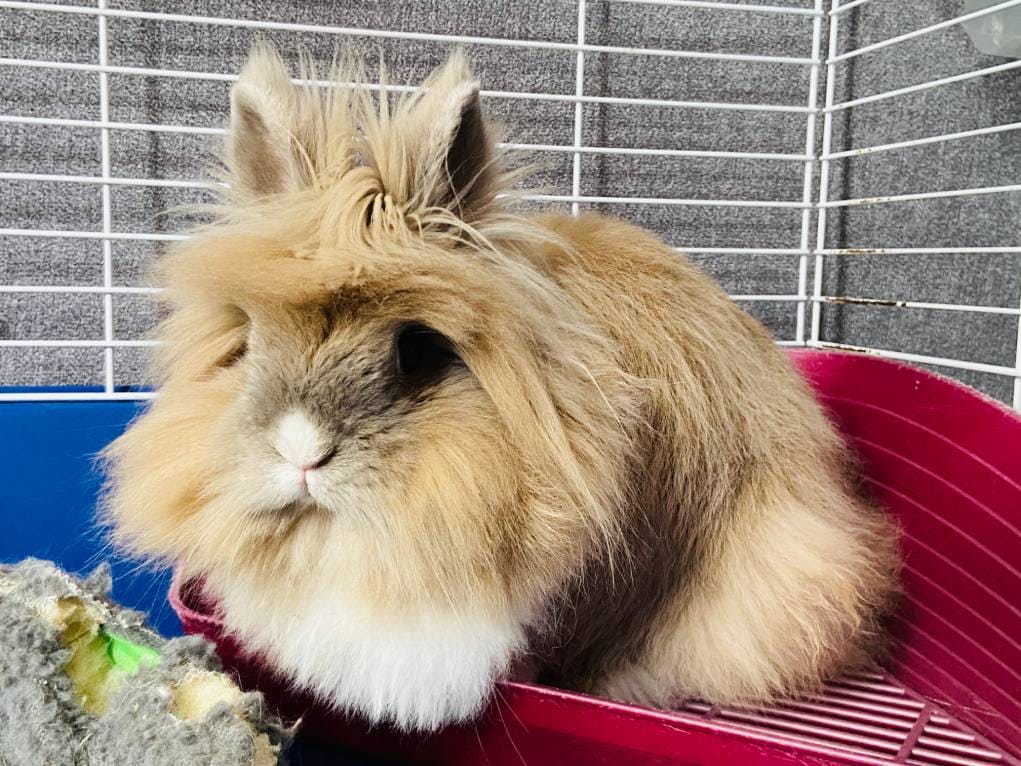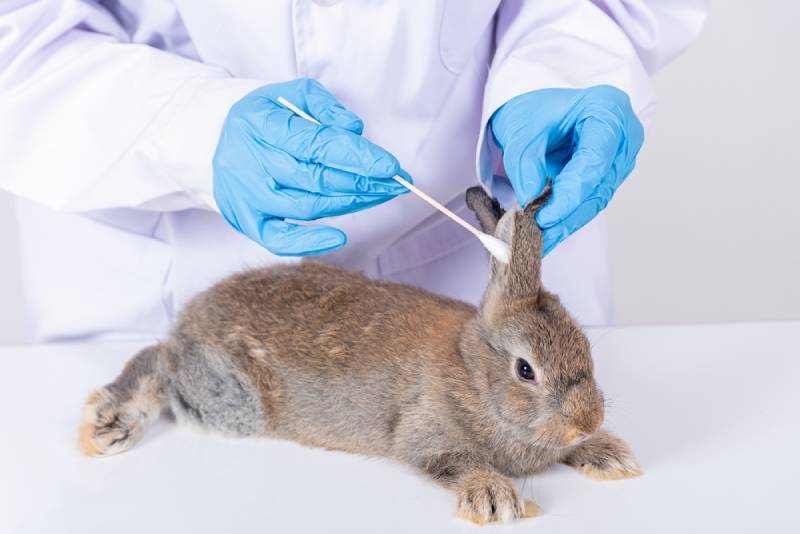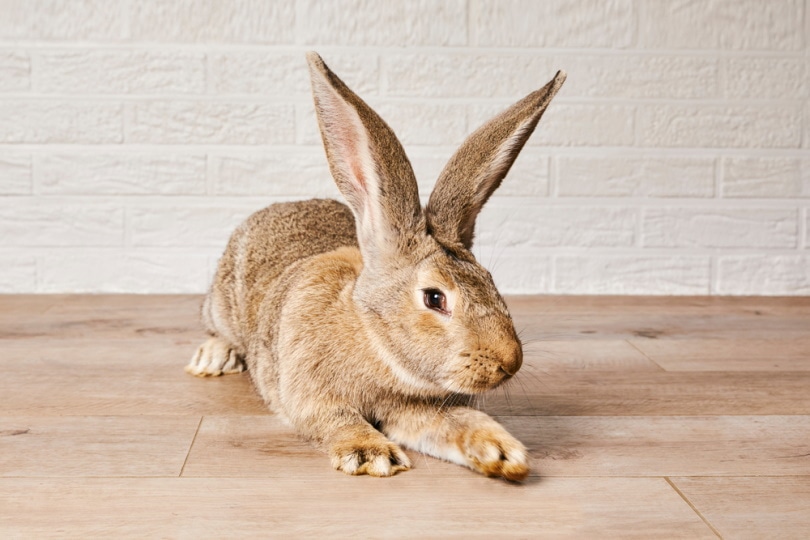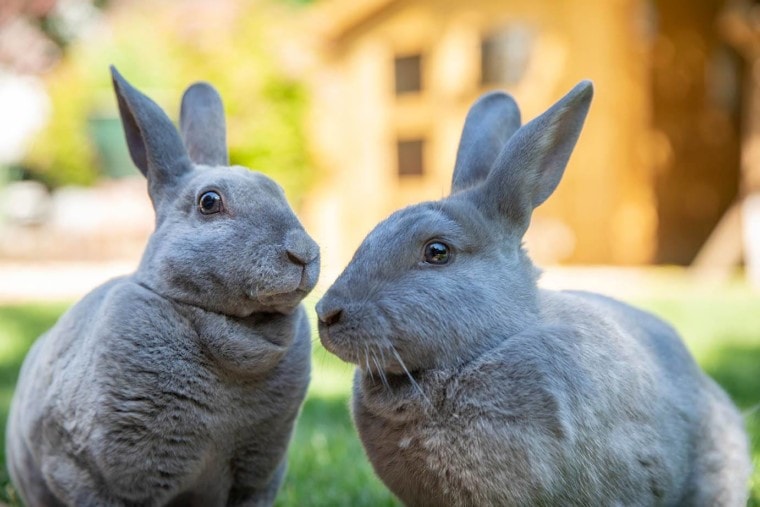
Rabbits are known for being one of the fastest and most productive breeders in the animal kingdom, with very large litters. They have grown to become more common as house pets, but some people may get rabbits without knowing enough about their needs and lifestyle. For future rabbit owners or for those who just want to learn more about the rabbits they already own, you might be ready to get them a friend.
However, it’s important to note that keeping male and female rabbits in the same cage or environment could be both a positive or a stressful and toxic environment for them.
Keep reading to learn why.
Do Rabbits Prefer Mixed-Sex Living?
These animals can live in a pair with female/female or male/male homes, but it is more natural for rabbits to live in opposite-sex environments. It’s also known to be the easiest pairing and bonding situation for the rabbits as well because they will bond with each other and become life partners. They have different behaviors based on their sex, so they will complement each other while also balancing each other out. In fact, most breeders or pet shops will prefer you get two rabbits who already have that bonded relationship with each other.
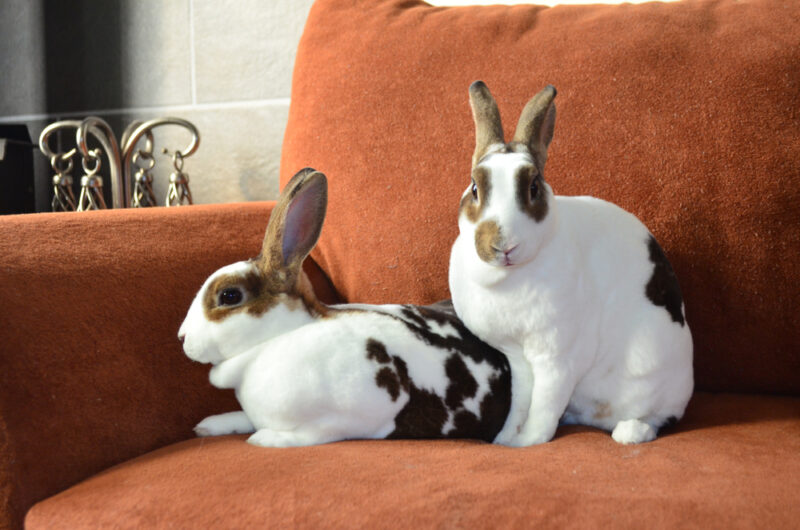
Can Rabbits Live With Their Own Sex?
The short answer is yes; two males or two females can live with each other throughout their life. But (and this is a BIG but) there must be processes put in place before you try placing them in the same cage to be their forever home.
For example, two males or two females may be okay to live together at a young age, but you must be ready to spay or neuter them before they get older. When rabbits reach sexual maturity, they will tend to get more aggressive and territorial in their cages. Males will begin to assert dominance over each other, and this can lead to fighting and stress, which is not healthy. Females will also be aggressive towards one another but not as prone to fighting.
Will Females and Males Breed?
Males and females will reach a stage of sexual maturity as they get older, and this will lead to an instinct to breed. If you do not spay or neuter your rabbit before they reach this stage, it’s possible that you will start to see the male rabbit try to mount the female. Due to their mature age, this can obviously lead to baby rabbits. This is something that can be stressful to both you and the rabbits, especially as a brand-new rabbit owner. If you end up with a male and female rabbit, make sure to ask the pet store or breeder if they are already bonded and if they are already fixed.
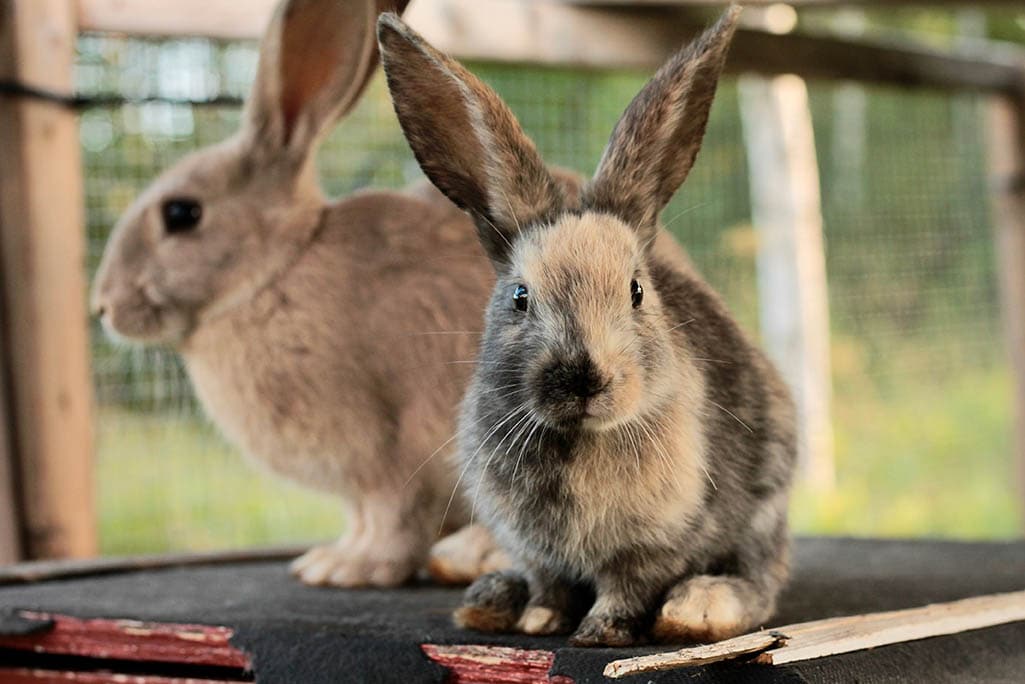
How Can I Bond Two Rabbits?
If you are ready to take on trying to bond rabbits on your own, the task is not an easy one and will take time and patience. Again, one of the first things to note is that the best rabbit pairing is male/female, neutered or spayed, and they shouldn’t be immediately tossed into a cage together. They need to be introduced slowly with as much time as needed and shouldn’t be forced. Some rabbits will naturally not like each other, but they are social animals so this is not super common. Let them settle down for a while in their new space, keep them separated for a brief amount of time, and then let them interact.
In Summary
If you have reached this point, it begs to repeat that it’s possible for male and female rabbits to live together. But before you jump into the idea, remember a few important points. These points include ensuring that both rabbits are fixed, they are either already bonded or you plan on introducing them to each other slowly, and that the general preference with rabbits is a co-living situation. If you try to bond two rabbits of the same sex, aggression, and dominance could play a negative factor and result in fighting.
Featured Image Credit: SeraphP, Shutterstock




